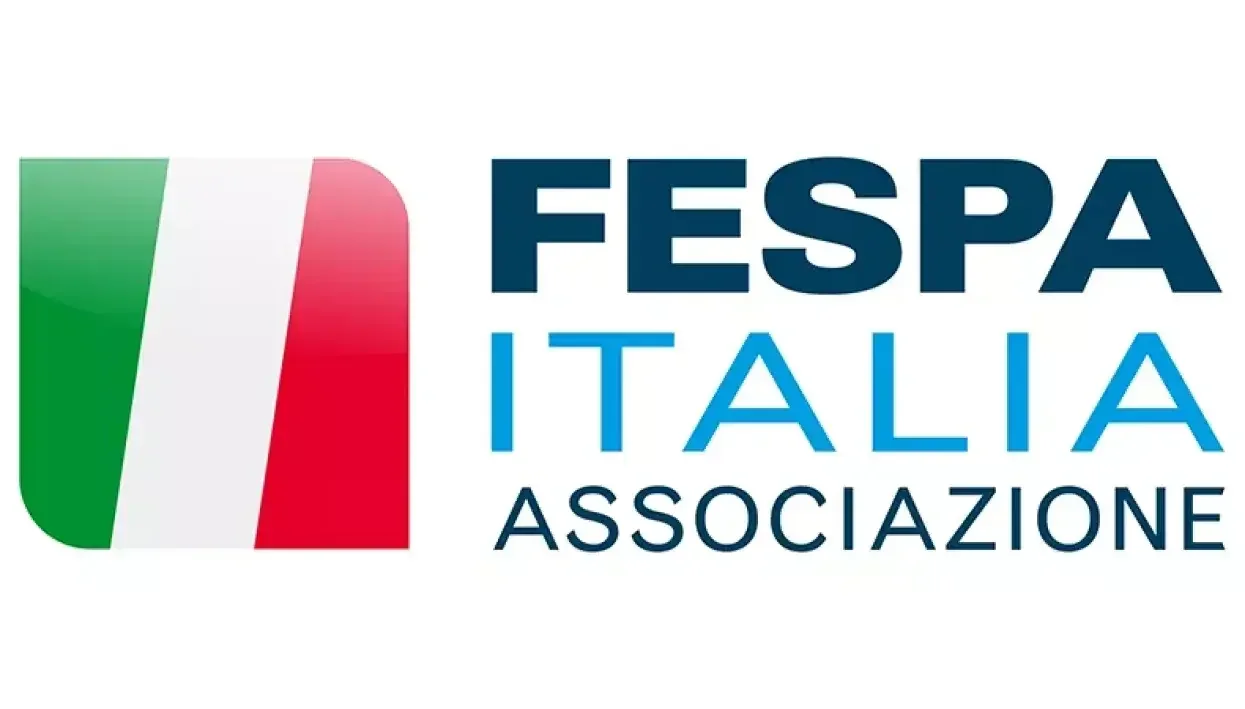Digital Printing
Sustainability
FESPA Italia: digital and sustainable solutions
Author
FESPA Staff
Published Date
12/03/2024
Become a FESPA Member
to Continue Reading
